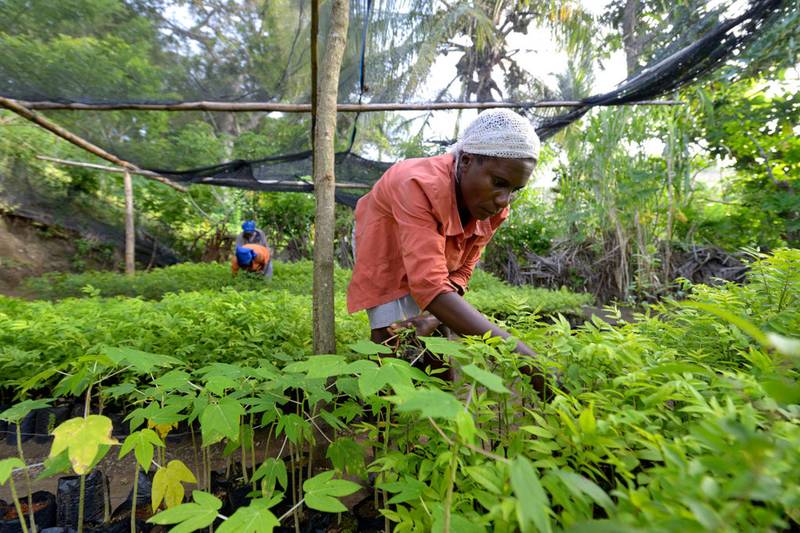
Monday 23rd March 2020 — Long-term stimulus investment must be used to build a better future; this means spending needs to be aligned with both halving emissions and stopping nature loss by 2030.
Monday 23rd March 2020
Lucy Almond, Director and Chair, Nature4Climate
The world is holding its breath as we count the human cost of what will likely be the defining moment of this generation. Governments are quite rightly focusing on emergency response measures to slow the spread of the virus, save as many lives as possible and take whatever steps they can to relieve the economic hardships people in every country are already facing.
We don’t yet know how much longer it will be until the virus is brought to heel and how much worse things will get until that point. That is the reality we are all trying to come to terms with.
For many of us in the climate and environmental communities, we are simultaneously trying to come to terms with the fact that the landscape for restoring balance to the world’s ecosystems has fundamentally changed.
At the start of the year, much of our planning revolved around major milestones like the biodiversity summit in China and the climate summit in the U.K., and how these moments might drive more action from countries, regions, cities, businesses and others to reduce emissions and protect and restore nature. Now it appears, if we can get beyond the immediate medical emergency, our focus will need to shift from summits to stimulus. Will governments direct spending in ways that increase emissions and continue to degrade nature? Or will they have the foresight to not only tackle the immediate economic impacts, but also to accelerate the transition to resilient, low-carbon and nature-rich societies and economies?
That is likely still some time off, although we are already seeing early examples of the paths governments can choose. South Korea’s ruling Democratic Party has announced plans for a “Green New Deal” to boost its economy and fulfil its pledge to achieve net-zero carbon dioxide emissions by 2050. Similar questions are springing up around the world, including in the EU, with debate already emerging whether the bloc should double down on the EU Green Deal, or to back away from this ambitious plan.
Much of the discussion so far has focused on the opportunity for economic stimulus packages to hasten the transition away from fossil fuels toward clean energy sources. This is critical, but we must also consider the role that nature-based solutions can play.
To start, protecting natural ecosystems is one of the most immediate steps governments can take to reduce the risk of future pandemics. Science shows that humanity’s destruction of biodiversity is creating the conditions for new viruses and diseases. Deforestation drives wild animals out of their natural habits and closer to human populations, creating greater opportunities for viruses like COVID-19 to spread.
But nature-based solutions, as a broad array of actions, deserve much deeper consideration as governments decide how to design their economic responses to the coronavirus. The bottom line is that, in addition to being an essential component of the response to climate change, nature-based solutions also provide a range of other benefits that will help communities recover from the immediate impacts, as well as support more resilient and sustainable societies and economies in the longer term. Natural ecosystems provide clean air and clean water, they make communities more resilient to the growing impacts of a warming climate, like protection against floods and hurricanes, and they support and create jobs, particularly in more rural and vulnerable communities.
Analysis last year by the Food and Land Use Coalition found that key transitions in the world’s food and land use systems alone could unlock $4.5 trillion in new business opportunities each year by 2030. This is at the same time as saving costs of $5.7 trillion a year in damage to people and the planet. There is also increasing recognition that ‘green infrastructure’ – forests, wetlands, and mangroves for example – can perform better and at lower cost than ‘grey infrastructure’ for services such as flood management, water purification and storage and irrigation. The potential here is huge: the OECD estimates global financing needs for water supply infrastructure at $6.7 trillion by 2030 and $22.6 trillion by 2050.
Governments must ensure that public spending to address the current economic crisis aims to both reduce emissions and restore balance to all the Earth’s natural systems. Long-term stimulus investment must be used to build a better future; this means spending needs to be aligned with both halving emissions and stopping nature loss by 2030.
This piece is also running on Climate Home News
